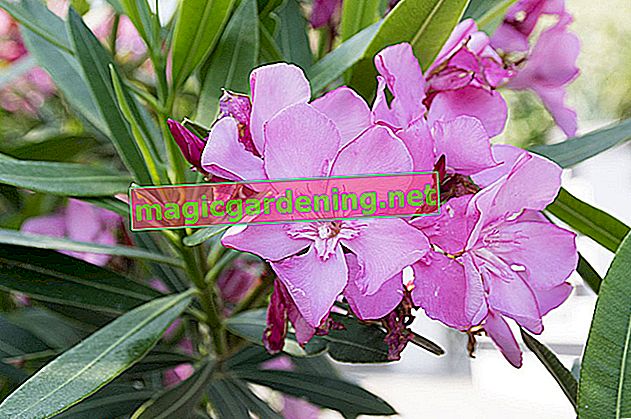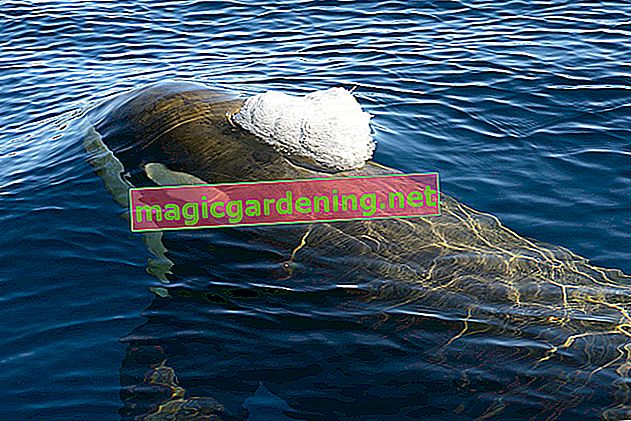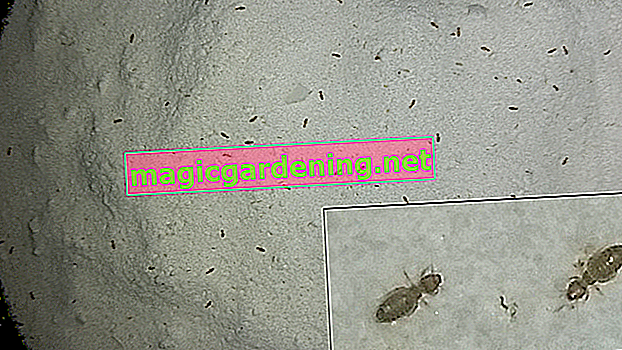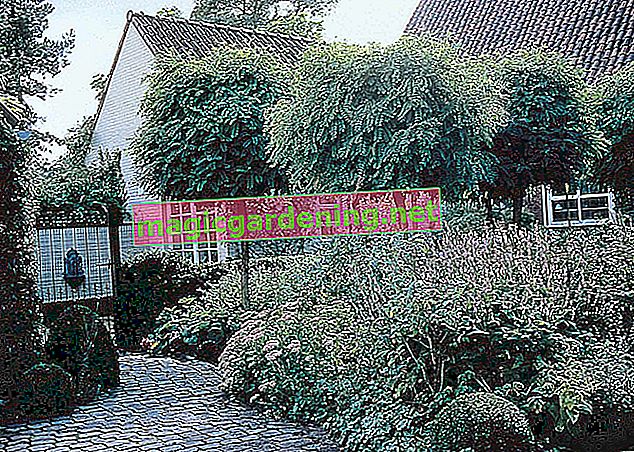
How often do you have to repot oleander?
The oleander is a heavy eater, ie it needs a lot of nutrients and therefore not only has to be fertilized regularly, but also supplied with fresh soil. Since the shrub also grows very quickly and - depending on the variety - can be very tall and wide, it also needs a new, larger planter every year - at least if it is a younger plant. Older specimens, on the other hand, only need to be repotted every five to ten years, here it is sufficient to pour new soil into the existing container every spring instead. Ergo you should
- young, not too big oleanders annually
- and older, hard-to-handle specimens every five to ten years
also read
- Oleander loves calcareous soil
- What pot size does my oleander need?
- It is essential to water oleander in winter too
transfer it to a new planter. Fresh soil, on the other hand, is used up during the growing season and must therefore be refilled again and again in spring.
When is the best season to repot the oleander
The best time of year to repot the oleander is spring, if possible as soon as possible after clearing out the winter quarters. You can also combine this measure with a pruning of both the upper parts of the plant and the roots. Make sure to protect the freshly trimmed and repotted plant from possible late frosts - an oleander that has just been taken from the cellar does not belong in the blazing sun right away. In principle, however, the oleander can be repotted for the whole season until it is placed in the winter quarters, if necessary.
What kind of soil should I use to repot oleander?
The oleander needs a lot of nutrients, but - typical for many Mediterranean plants - does not tolerate soil rich in humus. Therefore, do not use commercially available potting soil, but mix the substrate yourself if possible. For this you mix
- 5 parts potted plant soil
- 1 part clay or clay powder
- 1 handful of garden lime
and, if you repot the plant in spring, a good long-term fertilizer for flowering plants. Alternatively, you can also mix potting soil and conventional, loamy garden soil in a ratio of 1: 1 or purchase a substrate that is specialized for Mediterranean potted plants.
Which pot to use for oleanders?
Oleanders need a wide rather than deep planter that is twice as large as the root ball. After all, there should be plenty of water to be stored there during the hot summer months, and the roots also need space for their growth - the more beautiful the plant grows and blooms above. Which material you use is entirely up to you; It is only important that the pot has drainage holes on the bottom and is also in a deep saucer.
Repot oleander - this is how it's done
When repotting the oleander, proceed as follows:
- First of all, get the oleander out of its previous planter.
- Now loosen the roots and tear the ball apart, if it is firm.
- If the root ball is very large, remove some of the roots.
- Then, however, you should also prune the plant accordingly above ground.
- This measure promotes the growth of the oleander.
- Now mix the substrate according to the recipes described above
- or fill in the ready-made substrate mixture for Mediterranean potted plants.
- Do not forget to mix in the slow release fertilizer.
- Put the oleander in and water it well.
- In the following period he must be supplied with water particularly carefully,
- because this promotes the formation of new roots.
- Make a plant cut and remove oversized shoots
- as well as overaged, dried out or frozen parts of plants.
By the way, with oleanders you can safely do without the drainage layer that is otherwise necessary for potted plants, because these plants do not harm “wet feet” at all - on the contrary. However, you should cover one of the drainage holes in the bottom of the pot with potsherds so that the freshly filled soil is not washed out.
Tips and tricks for repotting very large oleanders
Repotting older and therefore very large oleanders can be difficult. Here, for example, you can do without repotting and instead simply top up with fresh substrate every spring - if necessary, the used substrate can be carefully removed beforehand. These tricks can also help you if the oversized shrub needs a new bucket:
- Take help and two people repot the plant.
- Carefully tie the shoots together with a rope.
- This will reduce the risk of accidentally damaging the plant.
- You can get the large oleander out of the pot easier if you put it on its side.
- You can also wrap the plant with rope just above the ground
- and use this to pull the oleander out of the pot more easily.
Tips
Ideally, the new plant pot is around 20 percent larger than the previous one.








